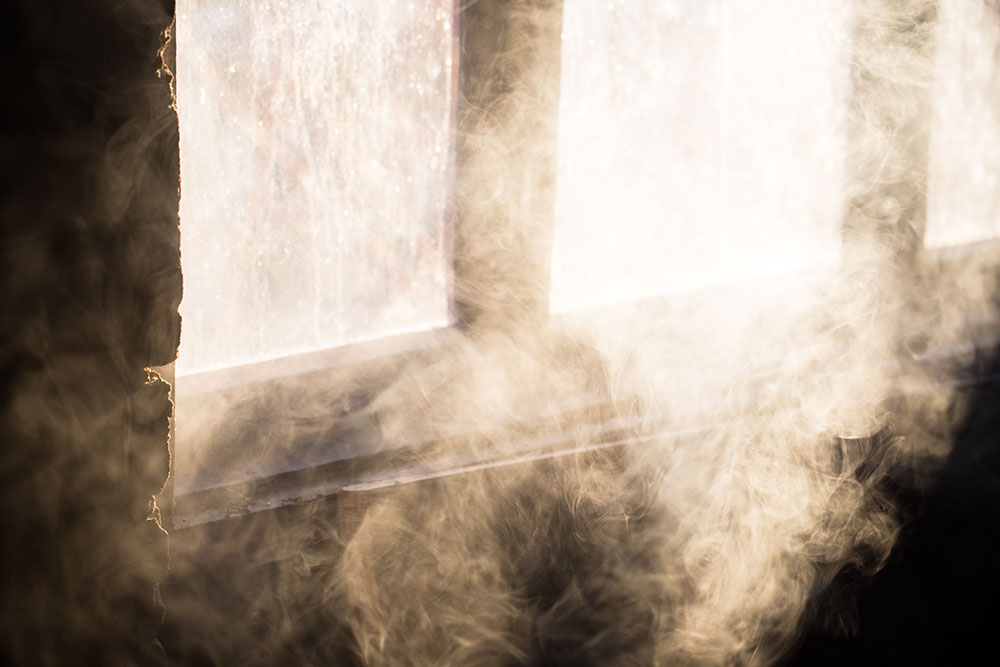Today we are going to talk about the effects of fire damage and particularly that of smoke damage.
Fire Damage: We Hope to Never Encounter
We all never hope to encounter a situation in which a fire is destroying our home or business and thankfully most of us will not. However, sometimes dealing with fire damage is unavoidable. The damage that a fire can cause includes not only the actual destruction of your home, but also water damage, smoke damage, and more. Smoke damage is probably not the first thing that comes to mind when thinking about the damage caused by a fire. So what is it and what are its effect on your homes? Read on to learn more!
What is Smoke?
If you grew up going camping and sitting around the campfire making gooey, delicious s’mores you’ve probably experienced the annoyance when the wind shifted, blowing smoke in your face and causing you to need to find another comfortable smoke-free position to continue enjoying the warm of the campfire. Or maybe you have lived near a forest fire and experienced the full impact of smoke: The sun turning orange and the air burning your eyes and lungs if you had to spend prolonged amounts of time outside. Regardless, we all have experienced discomfort from smoke.
Smoke is responsible for most fire deaths because it is made up of carbon monoxide, carbon dioxide, and soot, not to mention harmful chemicals that are released into the air by the burning of certain materials. High levels of carbon dioxide is not healthy for humans and breathing carbon monoxide for prolonged amounts of time can be deadly in any situation. Due to the chemical makeup of smoke, it creates damage through the residue it leaves and the chemical reactions that are created by it and the heat of the fire.
How Does it Behave?
Warm Air Rises
Because warm air rises, smoke also rises. For this reason, smoke residue and damage will occur on the ceilings and walls, even if the fire never touches them. Also, because smoke rises, the cold air below opens up a pathway for smoke to travel to the outside walls and windows. No matter where the fire is in the room, you can be almost guaranteed that you will have smoke damage on your ceilings and walls.
Stay Tuned for Part 2
To learn more about smoke damage, stay tuned for our next post in which we will talk about other factors that affect the damage that is commonly seen with a house fire. Though the effects of smoke can seem random, understanding them can not only help you assess the extent of the damage of your home, but also know exactly how to repair your home.
Contact a Professional Fire Damage Restoration Specialist
Sky Restoration is here for residents and business owners when they need to pick up the pieces after a fire. We offer full-service fire damage restoration that is not only hassle-free, but with a focus on the customer and helping them with what they need. Visit our website to learn more about us, our services, and how we can help you! Get a free assessment!



